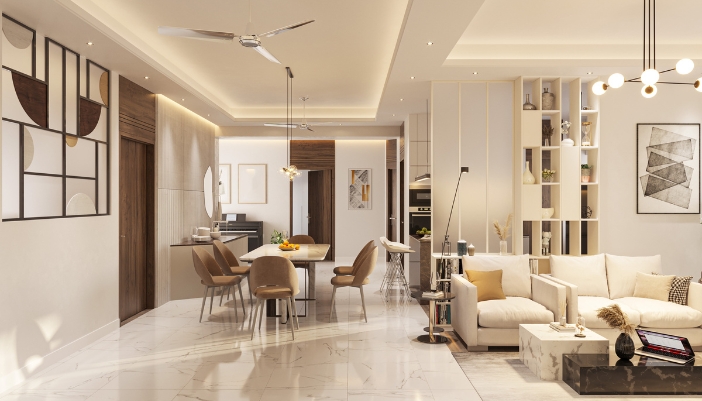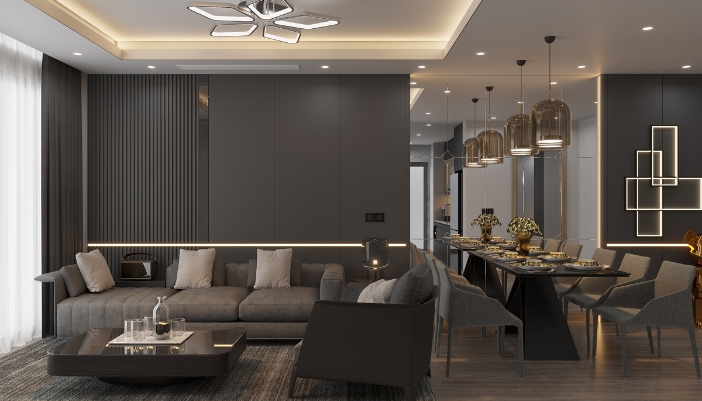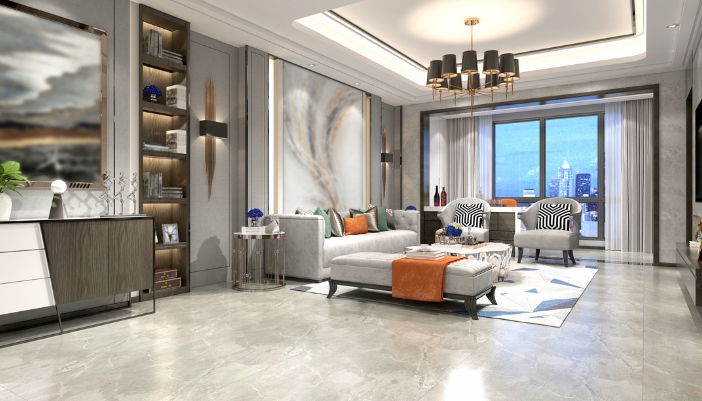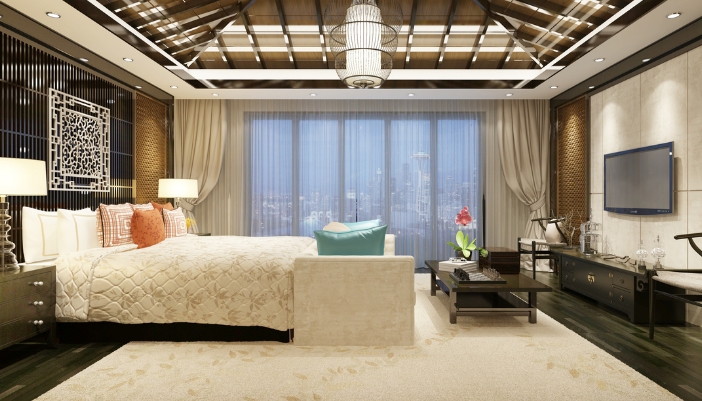Smart lighting is a fantastic step towards a more convenient and energy-efficient home, but what if you could take it even further? With smart lighting design, you're not just installing lights — you're crafting an experience!
It's about creating a space where lighting adapts perfectly to your lifestyle, enhances the beauty of your home, and seamlessly integrates with your daily routines. And that's just the tip of the iceberg! We'll take you through all the surprising ways smart lighting design can benefit your home!
1. Customized Brilliance for Every Room

Your home isn't just a collection of rooms — it's a space designed for living, working, and relaxing. This is why it's essential to incorporate smart lighting design so that each room has the setup, no matter the activity.
- Personalized Ambiance: Tailor the mood of each room with lighting that adjusts to the function, whether it's a bright and focused home office or a soft and warm cozy bedroom.
- Optimized Functionality: Ensure that every space is lit just right, enhancing the usability of your kitchen, bathroom, or entertainment area with targeted lighting solutions. Like having under-cabinet lighting come on in the kitchen for meal prep, vanity lighting that mimics natural light in the bathroom, or layered lighting that dims for movie nights or brightens for social gatherings.
- Seamless Integration: Lighting design isn't just about illumination — it's about creating a cohesive look that matches your home's style and enhances its overall aesthetic.
2. Layered Lighting Strategies

In smart lighting design, it's not just about installing lights; it's about how they work together to create a well-rounded, functional, and beautiful space. By combining different layers of light (ambient, task, and accent), each room in your home can be transformed to serve multiple purposes and enhance your overall experience.
- Seamless Coordination: With proper layered lighting, entering your home could trigger ambient lighting in the hallway, while task lighting illuminates the kitchen for meal prep, and accent lighting highlights architectural features — which is perfect after coming home from work.
- Enhanced Flexibility and Control: Unlike traditional lighting setups, you can adjust each layer independently or as part of a scene, giving you precise control over the mood and functionality of your space. You might set a "Dinner Party" scene that dims the ambient lighting, highlights the dining table with task lighting, and adds drama with accent lights.
3. Personalized Scene Setting and Automation
Naturally, with smart lighting, you can make scenes that suit your needs. But with the smart lighting design, you can craft a visual experience with a deep understanding of how light interacts within each space!
- Professional Customization: A lighting designer collaborates with you to create custom scenes that reflect your lifestyle and preferences, considering factors like the layout of your rooms, the quality of natural light, and your daily routines. A basic setup can struggle to achieve different lighting goals without the professional touch.
- Customized Light Profiles: A professional lighting designer tailors light profiles (with light fixtures, smart controls, and smart sensors) that adjust automatically based on the time of day, creating a dynamic lighting environment that mimics natural daylight patterns.
4. Human-Centric and Circadian Lighting

You might have heard about human-centric or circadian lighting and how it helps your health. And while smart lighting incorporating this is nice, lighting design is always one step ahead!
- Strategic Light Placement: Human-centric lighting carefully plans and paces lighting to align with your daily activities. For instance, task lighting in your home office might use cooler, blue-enriched light during the day to keep you alert and focused, while ambient lighting in your living areas shifts to warmer tones in the evening to help you unwind.
- Designing for Health: Unlike basic setups, smart lighting design integrates circadian lighting into the fabric of your home's design and architecture while supporting your body's natural biological rhythms. This could include installing tunable white LED fixtures that change color temperature throughout the day or integrating indirect lighting that reduces glare while maintaining the circadian rhythm.
- Holistic Atmosphere Control: While basic systems automate lighting based on time or presence, smart lighting design considers the broader context — like how light affects mood, energy, and the perception of space. A "Relaxation Scene" might lower the lights and shift the color spectrum to cooler tones, carefully timed to ease the transition into the evening, creating a serene environment tailored to your personal needs.
5. Architectural and Artistic Enhancement

In smart lighting design, light isn't just a functional element — it's a tool to enhance your home's architectural beauty and artistic features. This goes far beyond typical smart lighting, using advanced techniques to highlight the unique aspects of your space.
- Accent Lighting for Architectural Features: Smart lighting design uses carefully placed accent lighting to draw attention to architectural elements such as exposed beams, textured walls, or staircases. For example, recessed lighting can be installed to wash a textured wall with light, creating depth and drama that wouldn't be achievable with standard lighting setups.
- Artistic Highlighting: When it comes to displaying art, smart lighting design excels by highlighting the art pieces with lights that change color temperature to match the mood or time of day and bring out the true colors and textures you might not have seen before.
- Creating Visual Interest: Smart lighting design often includes indirect lighting, such as cove lighting or uplighting, to make ceilings appear higher, walls more expansive, or spaces more intimate, depending on how the light is directed.
Light the Way
Smart lighting design goes beyond just aesthetics; it's a strategic investment in the future of your home. The best part is that it's scalable, so it can grow with you while providing enhanced security and an improved user experience, all while blending seamlessly with your home's interior design!
So, don't sleep on this part of your smart home automation journey; talk to our experts at Pflanz Electronics, and we'll show you how we can completely transform your home!